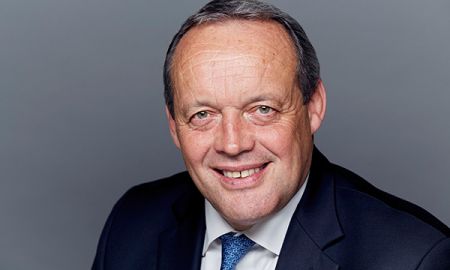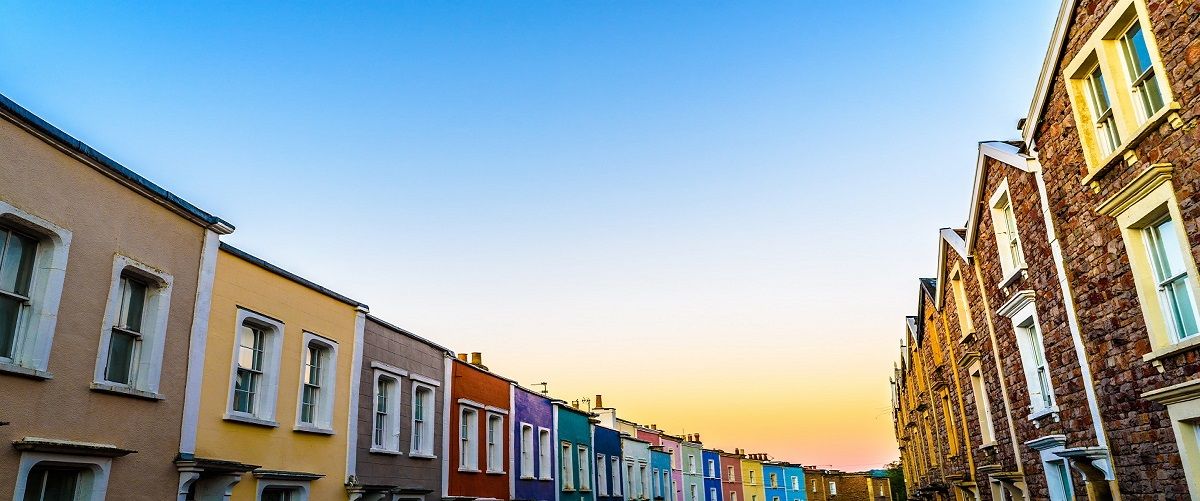
Guy Robinson
Senior Director, Head of Residential Agency


Senior Director, Head of Residential Agency
Chancellor Rachel Reeves unveiled an immediate 2% stamp duty hike for second homes in Labour’s first Budget in 14 years. This headline-grabbing announcement was part of a package of measures that the Chancellor said would raise £40bn in taxes.
Guy Robinson, Head of Residential Agency, said: “Taking the budget as a whole, there will be a small sigh of relief among many buyers and sellers who were expecting a ‘worst case scenario’ in recent weeks.”
The Autumn Budget comes nearly four months after the party swept to power in the 2024 General Election. Matt Henderson, Residential Research, believes it will provide much-needed certainty: “The Autumn Budget will allow people to make some informed decisions after months of speculation about what the government has in store.”
So, here’s our round-up of Labour’s key announcements and what they could mean for you.
Reeves raised the higher rate of stamp duty for second homes from 3% to 5%. The increase came into force almost immediately, on 31 October, 2024.
She said the measure would support more than 130,000 additional transactions from first-time buyers or people moving home over the next five years.
The move also raised the single rate of stamp duty for companies buying residential property worth more than £500,000, from 15% to 17%.
Guy believes that while the 2% increase in stamp duty on second homes “is not insignificant, it is a fairly modest adjustment” in the grand scheme of things. “The reality is that most buyers seeking a second home are unlikely to be deterred; they’re typically driven by the desire to secure a dream property and have the financial flexibility to absorb the added cost,” he explains.
While there may be a slight reduction in transaction numbers at a national level as the increase is priced into buyer and seller expectations, it’s likely to be short-lived.
Our analysis suggests that following the introduction of the initial 3% surcharge in 2016, the proportion of transactions - where the higher rate applied – quickly returned and stabilised at higher price bands. This was particularly the case for homes priced over £2,000,000.
London is likely to be more resilient to the new higher rate on second homes particularly at the top end of the market. James Gow, Head of London Residential Sales, points out that it is “the price of entry into a rock-solid investment. High barriers of entry shore up prices.”
It’s worth noting that buyers continue to have a window of opportunity to apply for a refund on this higher ‘slice’ of their stamp duty bill if they offload their previous main home within three years of buying their new one.
Despite the second homes market being hit by a series of tax rises since 2016, it has remained very resilient. Guy says: “Buyers in this part of the market tend to have the discretionary income to navigate these adjustments, and demand in prime locations remains strong.”
Anna Ambrose, National Head of Lettings, adds: “This increase will likely be a further deterrent to private landlords who have been stepping back from the rental market for several years as financial measures on owning a buy-to-let become more punitive. This trend will likely continue, adding pressure to rental property supply, which is already under strain and further increasing prices for Tenants.”
Reeves committed to abolishing tax rules for non-domiciled people, known as ‘non-doms’.
She confirmed plans to replace the current non-dom tax regime with a new residence-based system from April 2025 “designed to attract investment and talent to the UK”.
As part of the tax shake-up, the planned 50% discount on foreign income in the first year of the new system will be axed.
A government document adds: “Offshore trusts will no longer be able to be used to shelter assets from Inheritance Tax, and there will be transitional arrangements in place for people who have made plans based on current rules.”
For James, the proposals are unlikely to dent buyer appetite significantly in prime and super-prime markets, particularly in London. He says: “We’ve seen a flurry of sales in our London offices over the summer, despite rumours of tax rises and proposed changes to the non-dom regime. This illustrates just how desirable London continues to be on the global stage.”
The Chancellor continued with plans to introduce VAT at the standard rate of 20% on private school fees from January 2025. She also confirmed that legislation would be introduced soon to strip their business rates relief from April 2025. Many schools are expected to pass some, or all, of these costs onto parents.
Kate Eales, Deputy Head of Residential Agency, said: “This announcement is set to strengthen buyer demand for homes near highly reputable grammar and state schools even further. This is likely to have a knock-on effect on house price premiums in those catchment areas.”
Reeves pledged to reform Agricultural Property Relief and Business Property Relief from April 2026 as part of inheritance tax changes.
It means that inheritance tax will apply with 50% relief (at an effective rate of 20%) for assets worth more than £1m. The 100% rate of relief will continue for the first £1m of combined business and agricultural assets.
Fund new homes
The government reiterated their ambition to build 1.5 million homes over the course of this parliament, pledging to give £3bn of support in guarantees to boost the supply of homes and support small housebuilders.
While landlords now face a potentially higher stamp duty bill when buying additional property, they will be relieved that they won’t be hit by higher costs when selling too. Contrary to widespread reports in the lead-up to the Autumn Budget, capital gains tax (CGT) rates on residential property (18% and 24%) remain the same.
First-time buyers and people moving home are set to pay higher stamp duty bills too. There was speculation that Reeves could extend temporary reductions in stamp duty, but this was not included in her speech.
It means that the threshold at which stamp duty is due will drop from £250,000 to £125,000 in spring 2025. The first-time buyer threshold will also fall from £425,000 to £300,000. And the maximum property price that first-time buyers can claim relief on will go down from £625,000 to £500,000.
Despite bracing itself for tax rises since Labour won the General Election, the housing market has gone from strength to strength.
Our data shows that buyer demand across London and the regions in September jumped 20%, compared with August and September last year.
The supply of homes for sale, as well as the number of offers received, across our offices last month are also trending upwards, both month-on-month and year-on-year.
Meanwhile, national house prices are growing for the first time in two years, according to chartered surveyors in RICS highly-respected Residential Market Survey.